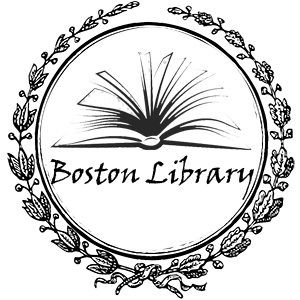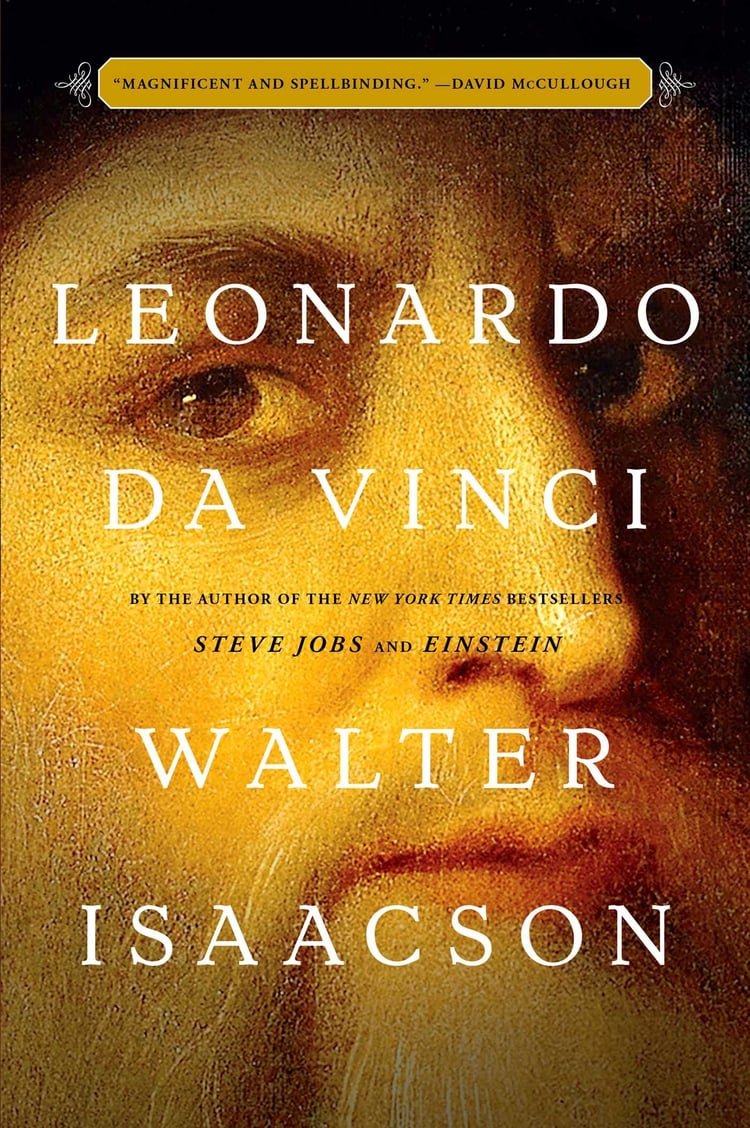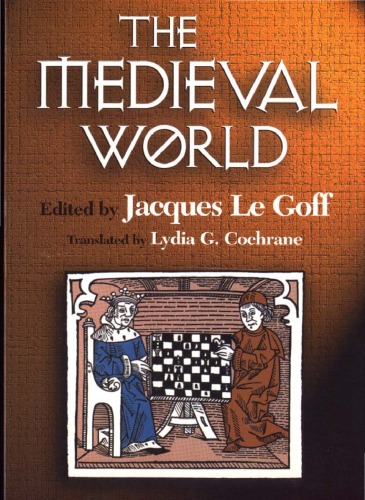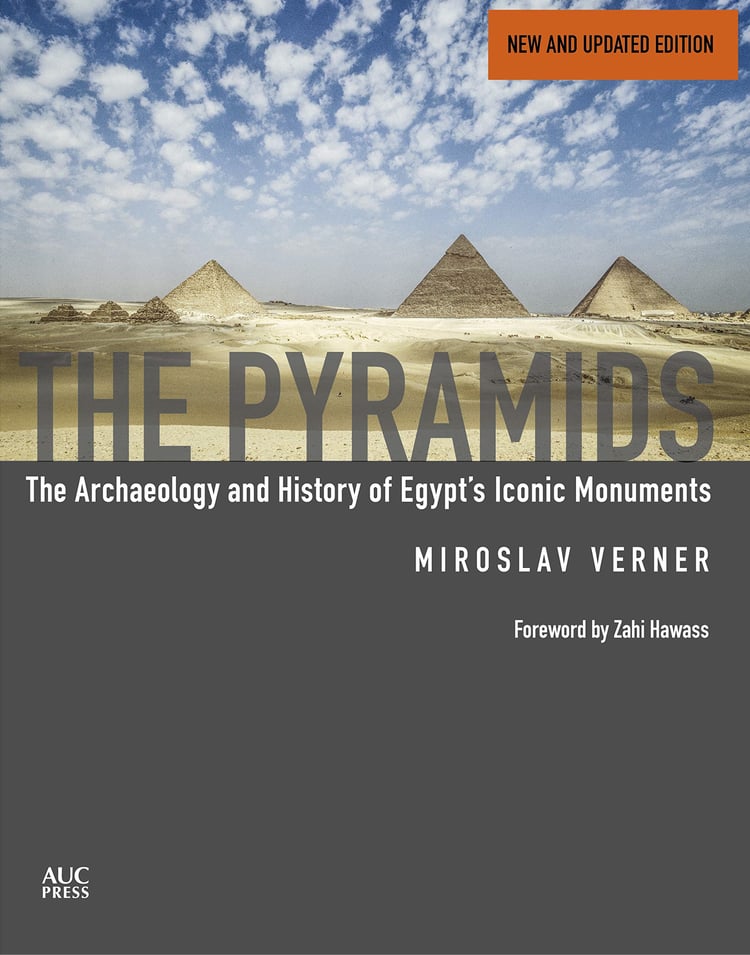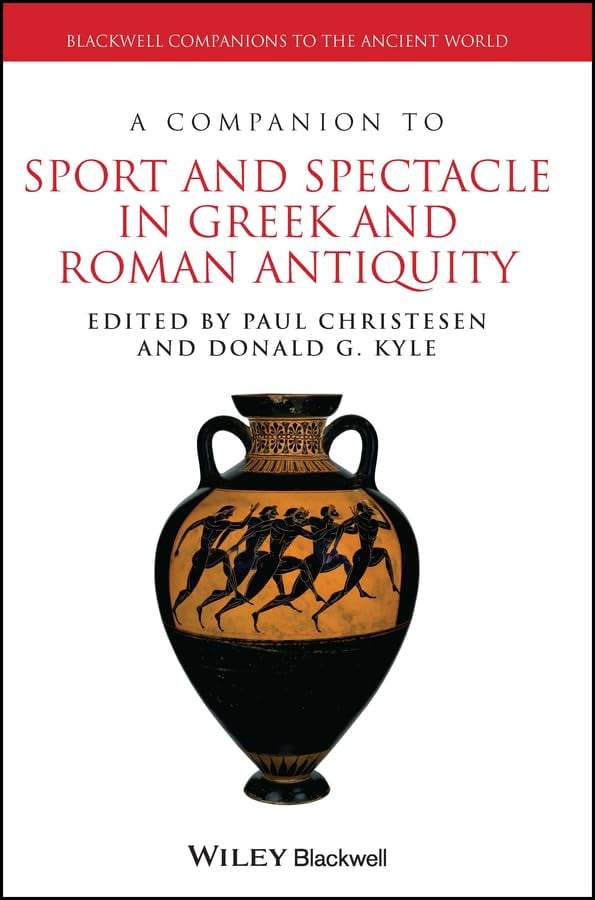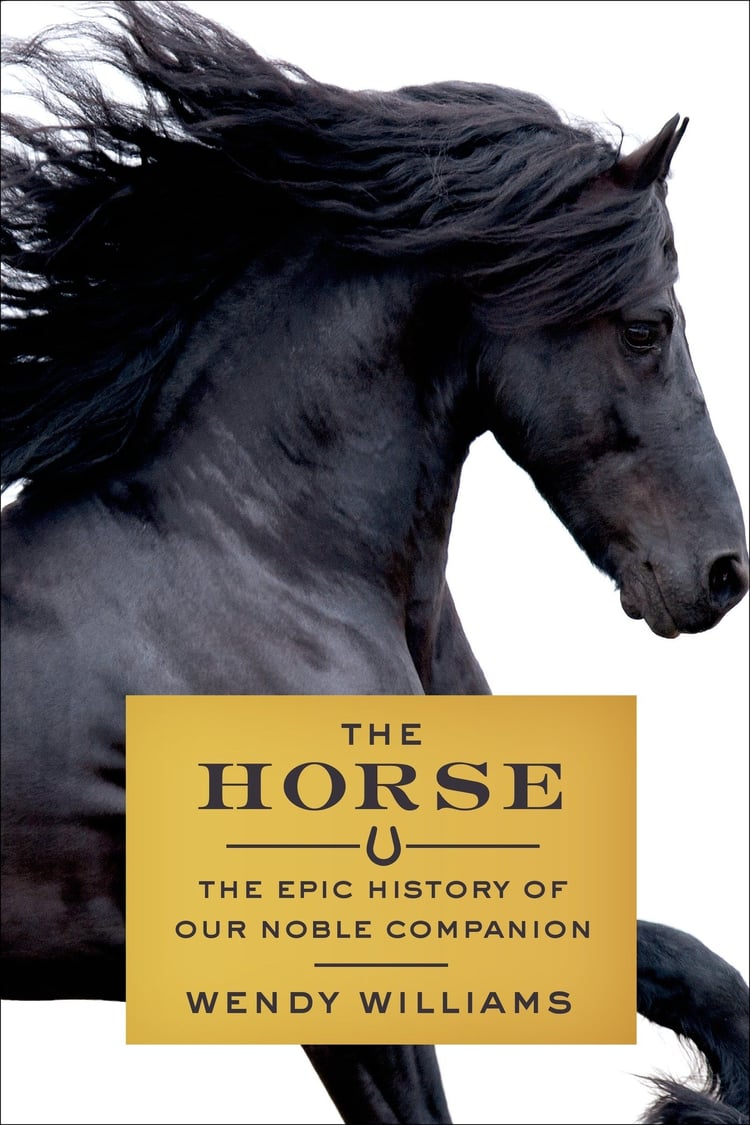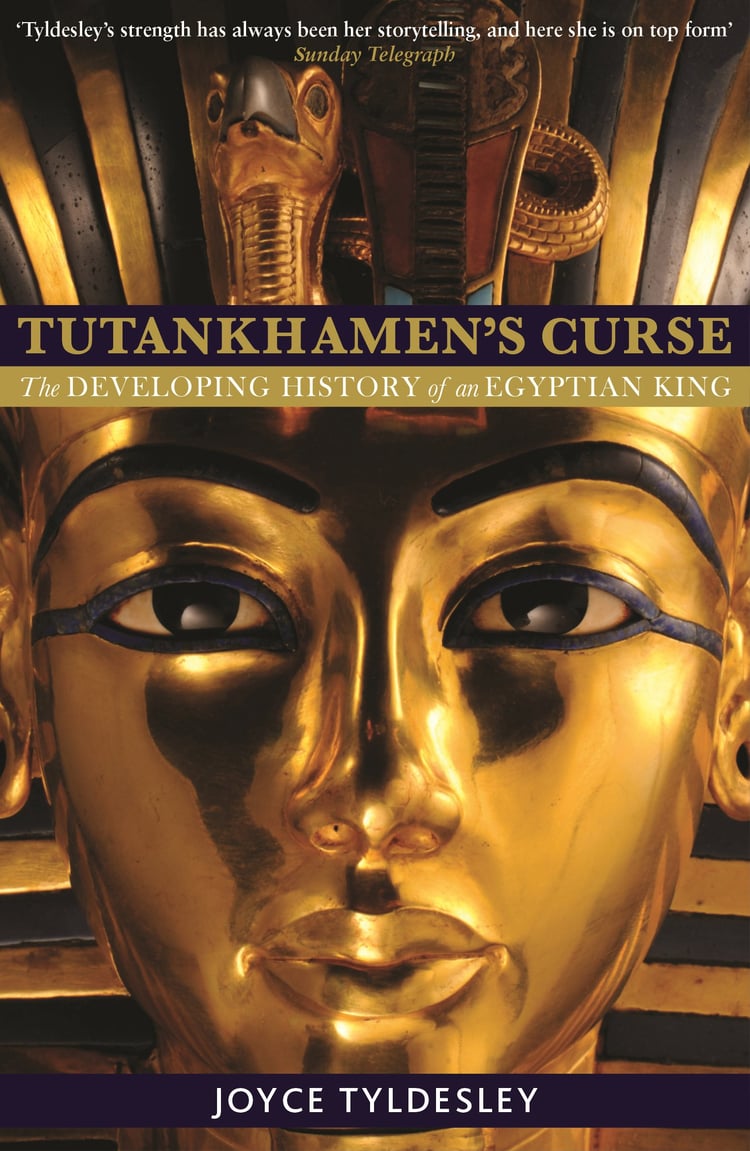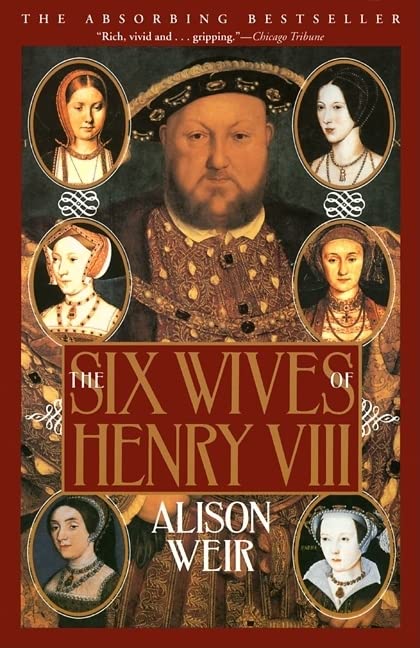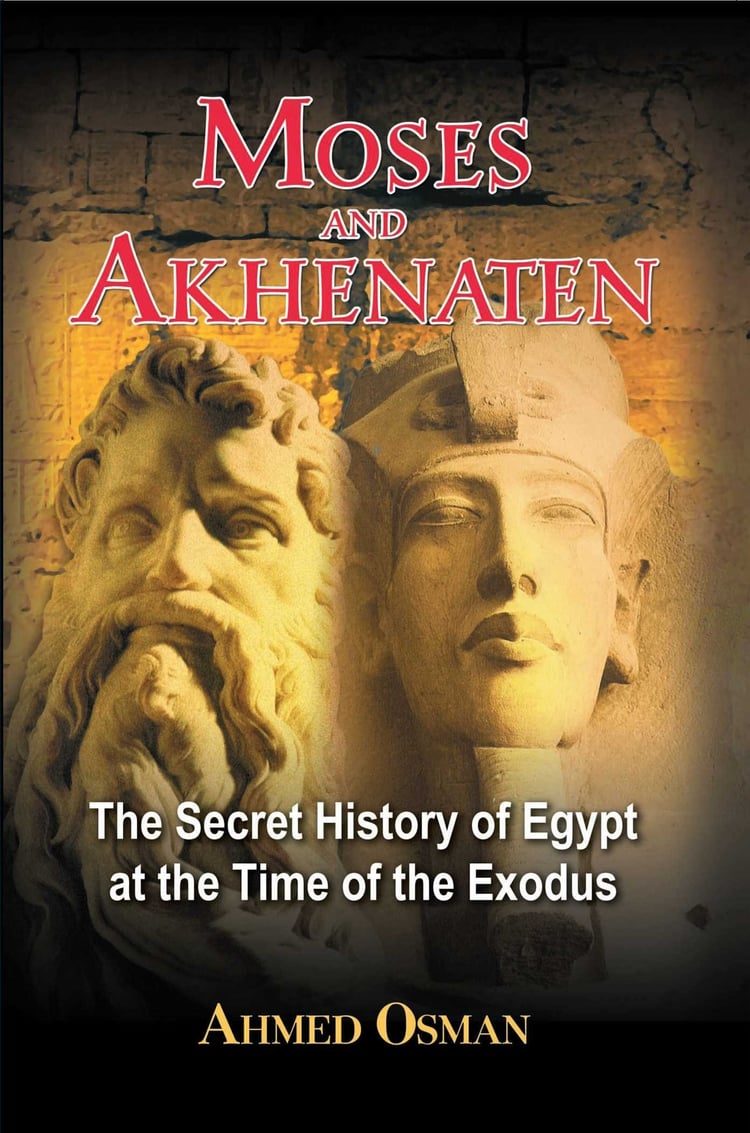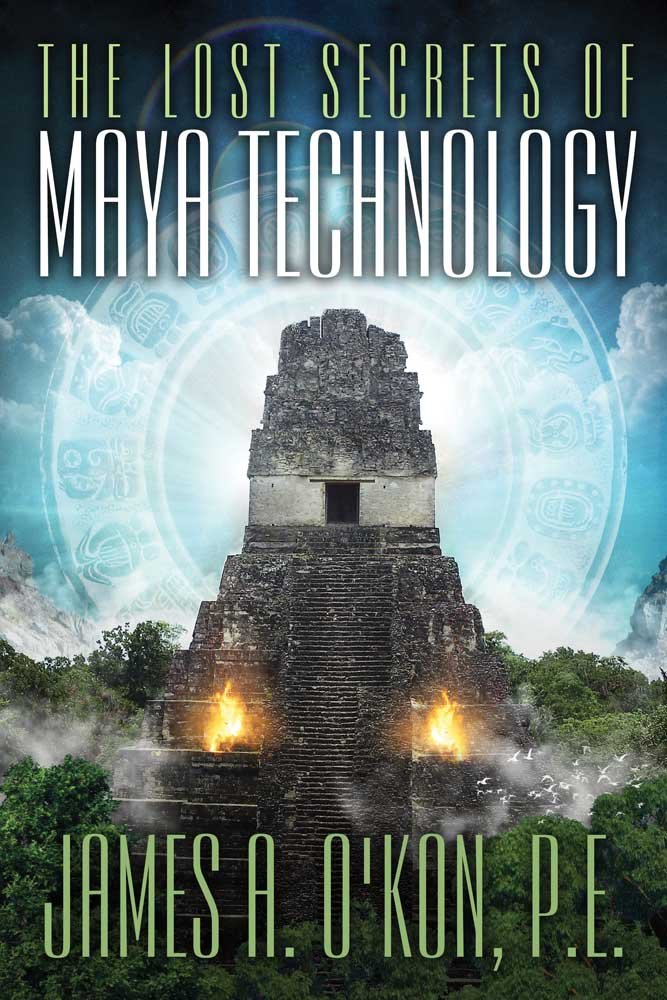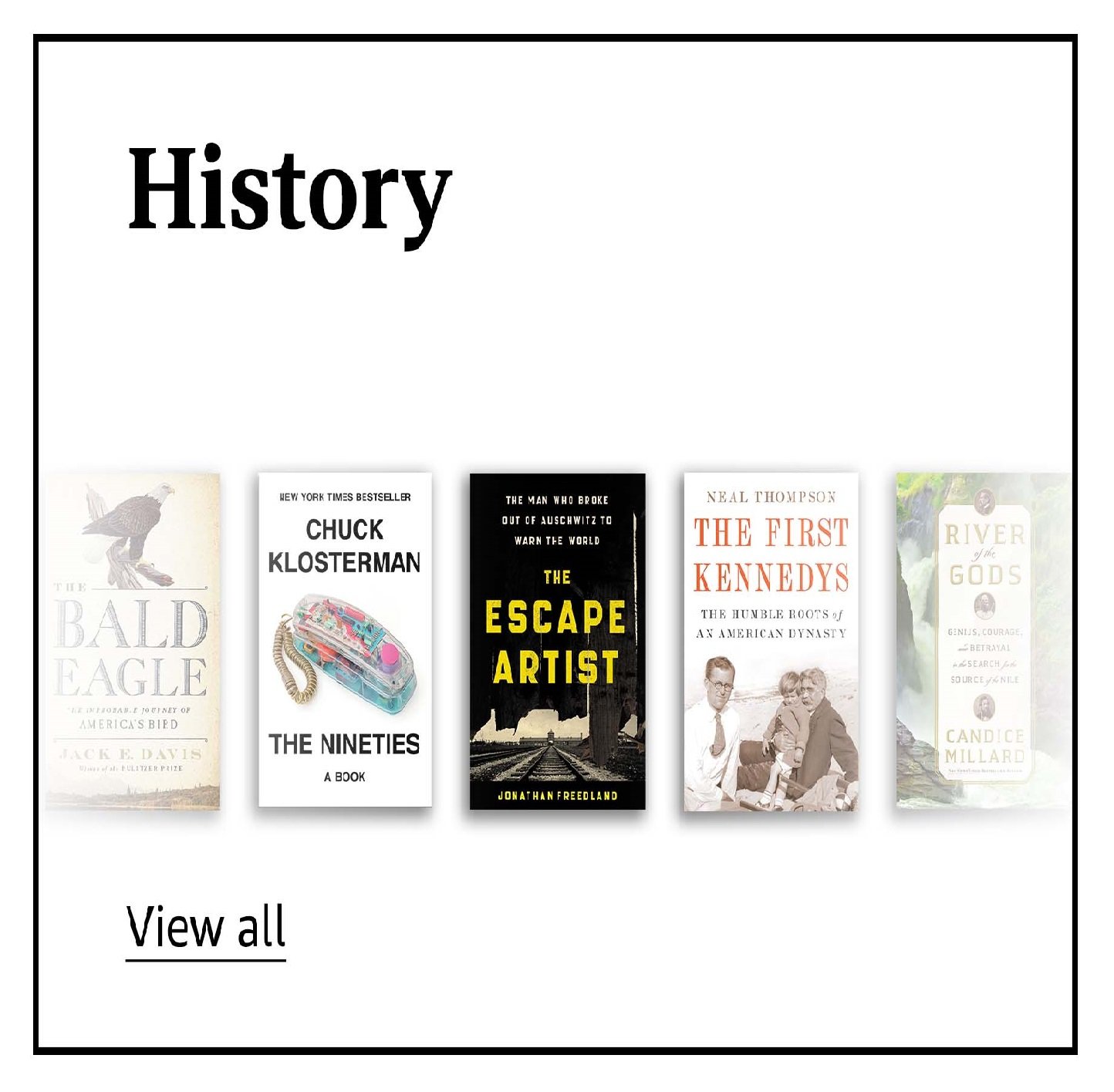
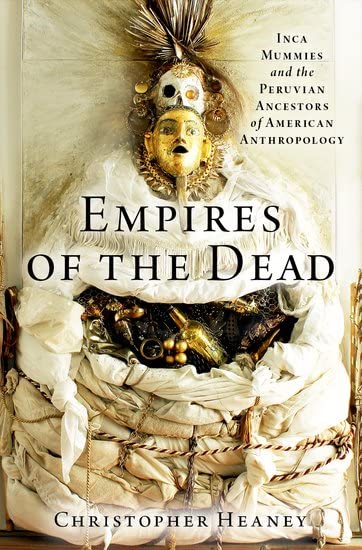
Empires of the Dead: Inca Mummies and the Peruvian Ancestors of American Anthropology
by Christopher Heaney (Author)
When the Smithsonian's Hall of Physical Anthropology opened in 1965 it featured 160 Andean skulls affixed to a wall to visualize how the world's human population had exploded since the birth of Christ. Through a history of Inca mummies, a pre-Hispanic surgery called trepanation, and Andean crania like these, Empires of the Dead explains how "ancient Peruvians" became the single largest population in the Smithsonian and many other museums in Peru, the Americas, and beyond.
In 1532, when Spain invaded the Inca empire, Europeans learned that Inca and Andean peoples made their ancestors sacred by preserving them with the world's oldest practices of artificial mummification. To extinguish their power, the Spaniards collected these ancestors as specimens of conquest, science, nature, and race. Yet colonial Andean communities also found ways to keep the dead alive, making "Inca mummies" a symbol of resistance that Spanish American patriots used to introduce Peruvian Independence and science to the world. Inspired, nineteenth-century US anthropologists disinterred and collected Andean mummies and skulls to question the antiquity and civilization of the American "race" in publications, world's fairs, and US museums. Peruvian scholars then used those mummies and skulls to transform anthropology itself, curating these "scientific ancestors" as evidence of pre-Hispanic superiority in healing.
Bringing together the history of science, race, and museums' possession of Indigenous remains, from the sixteenth century to the twentieth, Empires of the Dead illuminates how South American ancestors became coveted mummies, skulls, and specimens of knowledge and nationhood. In doing so it reveals how Peruvian and Andean peoples have learned from their dead, seeking the recovery of looted heritage in the centuries before North American museums began their own work of decolonization.
Review
"To the Incas, mummies were ever-living ancestors. After colonial clergy hauled them from their caves, law exposed them to looting. Christopher Heaney opens a startling postcolonial chapter in this story. Victorian-age antiquarians traded in 'Inca' bones, believing skulls would reveal Amerindia's 'civilized' or 'primitive' racial nature. Relentlessly, astutely, Heaney tracks our scientific forebears through their bone stampede―and leaves us standing uneasy in our own museums." -- Frank Salomon, University of Wisconsin
"Heaney deftly analyzes Native Andean, Peruvian, and US and European knowledge-making and the relations among them, showing that to understand ideas about race in the United States and Europe we must consider the experiences of US and European scientists abroad. Foreigners who collected Andean bones and skulls learned from local scientists, and their collecting was indebted as well to Andeans' own ways of dealing with dead ancestors." -- Karin Alejandra Rosemblatt, author of The Science and Politics of Race in Mexico and the United States, 1910-1950
Categories : History of Peru, Ancient Incan History
ASIN : B0C9QZ9TKG
Publisher : Oxford University Press (July 14, 2023)
Publication date : July 14, 2023
Language : English
File : EPUB, 26.66 MB
Text-to-Speech : Enabled
Screen Reader : Supported
Enhanced typesetting : Enabled
Print length : 378 pages
